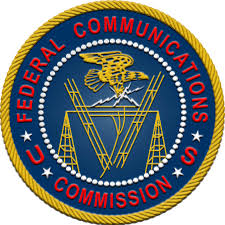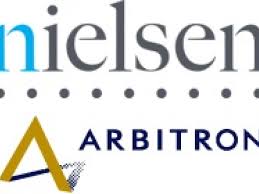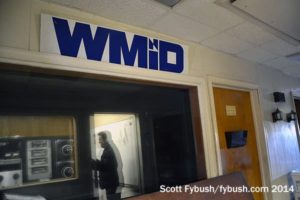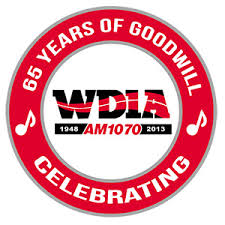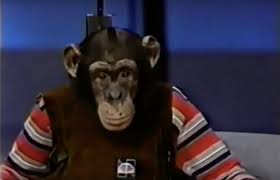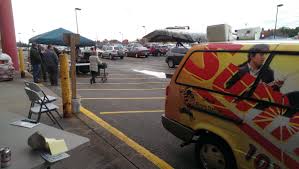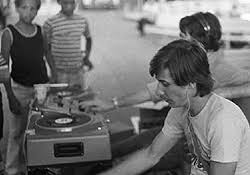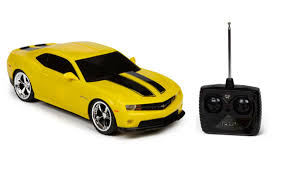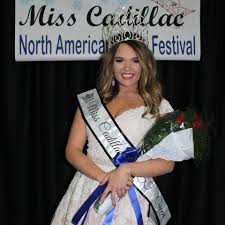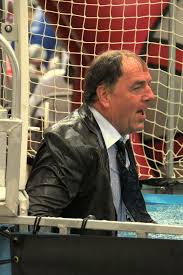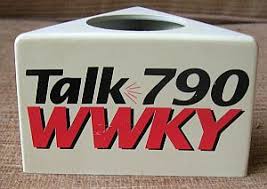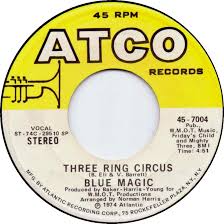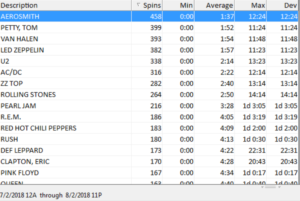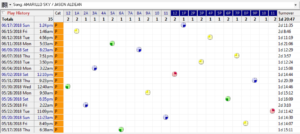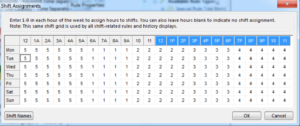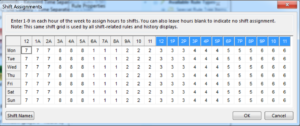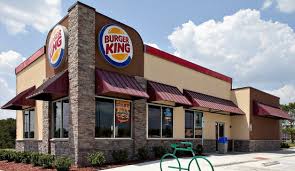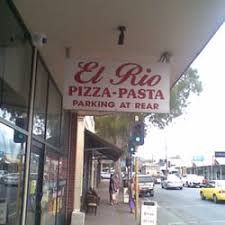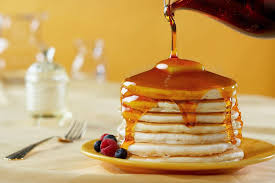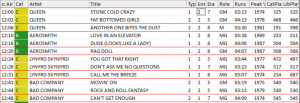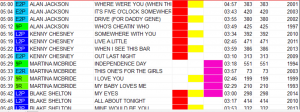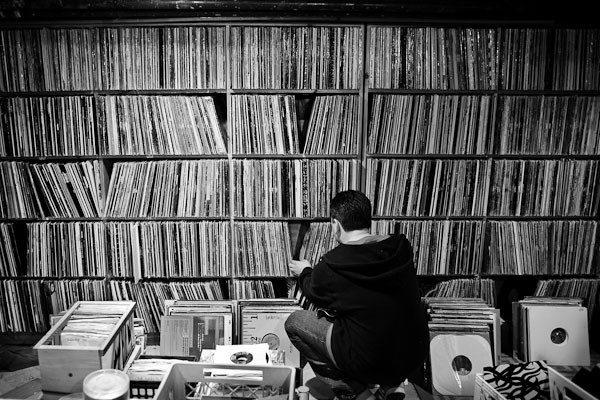No Wonder You’re Not Making More Money!
Recently I had a three and a half year contract come to an end. I had some things to replace the business and income but not all of that has come to fruition. So, I have dusted off my old selling skills.
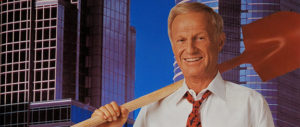
A very good old friend of mine chastised me for not digging my well before I got thirsty. He’s right. I should have never let my Harvey Mackay skills get rusty.
So, I started smiling and dialing.
I didn’t realize that in the last few years that folks in business had increased their sales resistance so much. More than that they really have lost the ethics and good business practices of returning phone calls and emails.

One old friend I called had been selling network programs to radio for 35 plus years. He sold me a network program clearance in New York some 35 years ago! Over time we have helped each other many times. The stories he told me are frightening. He told me about one VP of Programming of a chain that he has called 35 times with out even one returned courtesy call.

A mentor of mine gave me the quick General Manager course a long time ago. I am going to recite it here and now to just plain help some folks.
#1 Rule Of Being A Radio Manager
COFFEE AND MBWA

Do you like coffee? Great! (if not identify the beverage that you like and can walk around the building with) Show up at 8am or before. Remember you lead by example. Get your coffee. (or water, tea, Coke, Dr. Pepper, Diet Pepsi etc) Now wander around the building. If you have never been exposed to MBWA let me be your teacher. It stands for “Management By Wandering Around.” When the on air light goes off in a studio… stick your head in and say “Hi.” If you have a positive comment about a break or bit, go ahead and say, “love that bit about peanut butter!”

As you walk around you might be asked questions. If you can answer and it’s not something you need to keep away from other ears go ahead and answer. Otherwise just say come see me in my office at 9:45. Then answer there.
Spend some office time with the door open. Folks will drop by with questions. Answer them. The truth is, we really only need managers to do ONE thing. Make decisions!
#2 Rule Of Being A Radio Manager
ANSWER QUESTIONS DAMN IT.
You’re greatest likelihood of failure will be your inability to make decisions. Make up three, three by file cards. On one write, “YES.” On one write, “NO.” And on the last one write, “IN SIX MONTHS.”

When you can’t come up with an answer reach into you top desk drawer and pick a card. That’s better than punting. If you want to increase the likelihood of your success throw away the “IN SIX MONTHS” card.
Make decisions DAMN IT!
#3 Rule Of Being A Radio Manager
NEVER EAT LUNCH AT YOUR DESK.

Always eat lunch but NEVER at your desk. Even if you are on your way to being Twiggy, order something small and take one bite. Lunch is about business.

One day every week take an employee to lunch and pay!
Ask them about how they are doing. What resources they need to perform better. Ask them about their lives. Let them tell you about their kids or hobby. Eat, drink and keep your mouth occupied a lot. Make eye contact and LISTEN. Show them you care about them as a human being.
One day every week take an existing client to lunch and pay!

Thank them for their business. Ask them how things are going. Is there anything we can do better? Eat, drink and keep your mouth occupied a lot. Make eye contact and LISTEN. (You notice a theme on this one right?) Show them you care about them as a human being.
One day every week take a prospective client to lunch and pay!
Yes, you are not the account executive. You let them know you are just being the Ambassador of the radio station. You can help answer questions and know how a well-executed marketing campaign will work. The key is to listen to them and gather information. They will tell you why they are not yet advertising. Shut your pie hole and LISTEN! At the end of the lunch thank them for their time.
One day every week take a community influential to lunch and pay!
Have lunch with the mayor, city councilman, school board members, folks on the hospital board, local clergy, Chief of Police, Sheriff, folks who run the animal shelter, Superintendant of Schools etc. Enjoy your lunch. Ask a few questions then eat, drink and shut your pie hole. You’ll learn more about your market. You are the leader of this frequency, which is public space. We are supposed to serve folks who live in marketplace. The airwaves belong to them we just hold the license right now.
Lunch is your opportunity to build a bridge to your employees, clients, possible future clients and influential city leaders. Good managers know that they often run into the same folks in a marketplace doing multiple things. The person running the Chamber of Commerce owns a business that is one of your advertisers. He or she is also on the bank board where you applied for a loan to get that translator you want.
The woman who is the Chairperson for the Susan G. Komen walk also owns a business that is a client of the radio station.
NEVER EAT LUNCH AT YOUR DESK.
#4 Rule Of Being A Manager
RETURN EVERY PHONE CALL MESSAGE
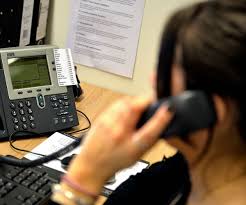
When you get back from lunch you will have mail and phone messages.
First, time for one more round of MBWA!!
Then back to the office. Open and read all mail.
When it comes to mail use TRAF!
Trash, Route, Action, File.
The mail that is useless and a waste of your time throw in the trash.
Some things need to be routed. You can simply write on the mailer about new fangled digital stl boxes “Vernon ???” Put in the mailbox of your engineer Vern!
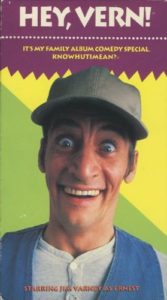
The mail that hits your desk that causes something to be done by you goes into an action pile. These are the mailings where you need to make a call, write an email, or write a letter. Then make those calls, write those emails, or write those letters.
File. This is the stuff that you might need. Things from the FCC, leases, agreements, contracts, even a flier from a tower painting company. You might not need tower painting right now but when you do you’ll have materials with offers from vendors.
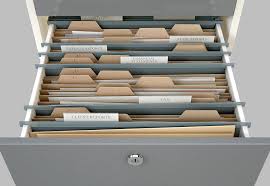
A filing system isn’t a filing system. It needs to be a retrieval system. If you can’t find something you need from a file in 30 seconds you have a poor filing system. Even that flier about tower painting think where might look for it I write on it “TOWER” “PHYSICAL PLANT” “TRANSMITTER” “FCC.” Then I make 4 copies of it. I place one in the “Tower” file, one in the “Physical Plant” file, one in the “Transmitter” file and one in the “FCC” file. You might think I’m nuts. But, I don’t waste time finding things.
In the electronic world it’s easy to create folders both on your computer, a copy on your thumb drive and a cloud drive. Even with these kinds of files I make multiple copies of documents and put them in electronic folders with several names. So when I have a research pdf I want to keep I place copies in “MUSIC” “RESEARCH” and “CALL OUT.” I don’t waste time looking for things. I find them!
Now return every call. You have messages and recorded phone messages from callers. Call everyone back on those pink “while you were out” slips. You never know when there is a thirty thousand dollar order for a farm implement company just being phoned in.
You may think sales calls are a waste of your time but in the one minute elevator speech the person on the phone may tell you how their service can save you $900 a year on something you currently pay for. They might also point out that they can deliver it at a higher quality for that lower price.

I have a GM who does just this. One afternoon he called me and asked me if I had ever heard of a particular vendor. He then told me of the price they had for something we were about to purchase. Their price was a lot less than a vendor I had recommended. I now recommend the one he pointed out to me. He takes calls. He returns calls. I can tell you he’s kind for about a minute. After that if you waste his time he will shred you with some strong language. But he takes calls and he returns calls.
RETURN EVERY PHONE CALL MESSAGE.
In the afternoon do another round of MBWA. Leave your door open and answer questions from the folks who come in. If you don’t know what to do consult the decision cards in your top desk drawer.
Please don’t leave until 5:30pm or 6pm. Work. Talk with your people. Coach your people. Listen to your sellers at the end of the day. Empathize with them. Celebrate their victories. “At a boys” are a reason to be a manager. This is the short course. In GM 201 I cover the roles you can play. One big one is “cheerleader!” For those big or tall male managers just the thought of you donning a grass skirt and pompoms is a vision that makes it worth it.

One company I work with recently had a managers meeting and as part of the lead up there is a company wide sales meeting. I saw a video of the VP of the company standing on chairs leading the sales folks to the dance of YMCA. Other than he was standing on chairs, (don’t want anyone to get hurt especially a manager who positively cheerleads!) he was being a companywide cheerleader! He was having fun and showing them without saying the actual words, “work hard but for gosh sakes have FUN!”
Have fun! Drink Coffee!
Wander Around!
Make Decisions!
Take People To Lunch Everyday!
Return Every Phone Message!
I realize managers are busy. I see the folly of having a manager oversee multiple clusters in a region. Often I hear the number one problem is they can’t find qualified sellers. Did you ever think about what would happen to the experienced seller who just moved to you area who just dialed the station and said I want to talk to the General Manager?
I hear lots of radio stations where I could fix their music, morning shows, positioning and help them make hundreds of thousand of dollars more. There are even stations that have one kid running the music computer for five stations. In a quick call I could offer a solution that improves their music AND saves them money. But because mine is a “sales” call they don’t have time.
They are stepping over a dollar to pick up a dime.

I’ll keep calling because the folks who do take the call will get the deal, the improvements and increased top line cash flow.

If I don’t call you, feel free to test me and see if I return calls. (Hint… I do!)
Keith Hill 252-453-8888
Many of you are digging a hole this way

When you could be


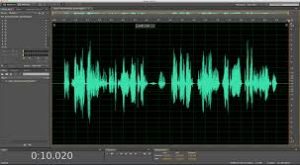

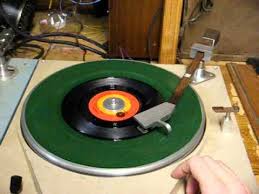








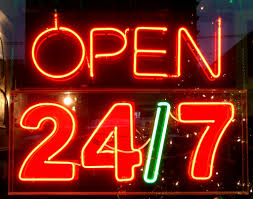
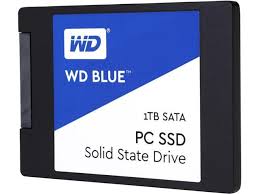


![]()



















